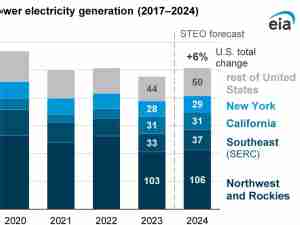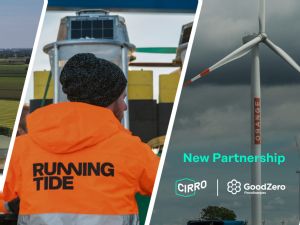Indonesia’s Pertamina seeks US LNG supply, shale equity
By: Reuters | Oct 01 2014 at 06:38 AM
Indonesia’s Pertamina is in talks to secure a greater supply of liquefied natural gas (LNG) from the United States and to buy into a shale gas producer there, the state oil and gas firm said, as it looks overseas to fill gaps left by declining domestic output and higher demand.
Indonesia, currently the world’s fourth-biggest exporter of LNG, is set to import 3-3.5 million tonnes of LNG per year by 2020, as the country increasingly turns to natural gas to generate power for its industry and to fuel trains and trucks, Pertamina’s vice president of LNG, Didik Sasongko Widi, said.
Pertamina has already announced deals to buy 1.6 million tonnes a year from U.S.-based Cheniere Energy Inc starting 2018.
The company is now negotiating to purchase an additional 1 million tonnes a year from another U.S. export project, Didik told Reuters in an interview. The United States is set to start exports of the super-cooled gas on tankers in 2016.
As domestic gas reserves decline, Indonesia has sought to limit exports in recent years, redirecting volumes from LNG plants to domestic users instead of exports.
The country’s LNG output is expected to rise to 306 cargoes, or just over 17 million tonnes, this year, from 289 cargoes last year. Exports will, however, remain steady at 268 cargoes, according to the country’s energy regulator, SKKMigas.
Indonesia’s LNG exports have fallen by 40 percent since 1999, when it supplied one-third of global consumption, according to the U.S. Energy Information Administration. In 2006, the Southeast Asian country was overtaken by Qatar as the world’s largest LNG exporter.
“By 2018, we will need to import gas. Even now, the new administration won’t allow new exports,” Didik said. He added that existing supply contracts will be extended by no more than one year at a time, depending on the pace of growth in domestic demand.
Pertamina is also in talks to buy a stake in a U.S. shale gas producer, Didik said, but declined to provide details. Eventually, the company will look at buying into LNG export terminals in the United States.
“The first step is to secure the LNG supply,” Didik said. “Then we need to mitigate the price risk by going upstream. And then, to connect the whole value chain, we need to go into liquefaction.”
Apart from the United States, Pertamina is also considering possibilities to buy into tight and shale gas projects in Canada and South America, aiming to acquire the necessary skills and know-how needed to develop what are seen as significant unconventional gas reserves in Indonesia, he said.
In addition, Pertamina is eyeing stakes in potential LNG producing assets in Australia, East Africa and Asia, he added.
The company plans to set up an LNG trading desk in Singapore next year that will trade physical cargoes and later move into financial hedging, Didik said.
Pertamina will hire two LNG traders who will work alongside an in-house strategist at the Singapore trading desk.








